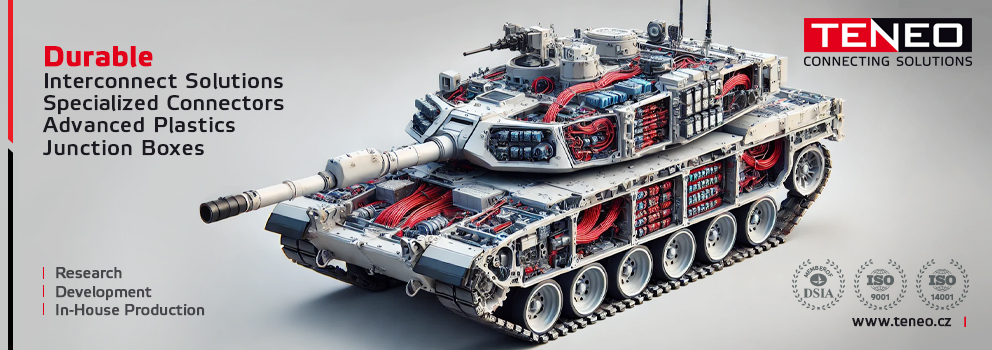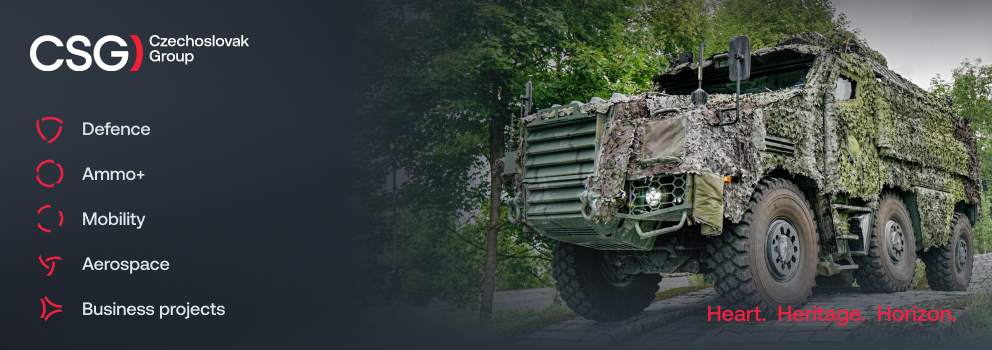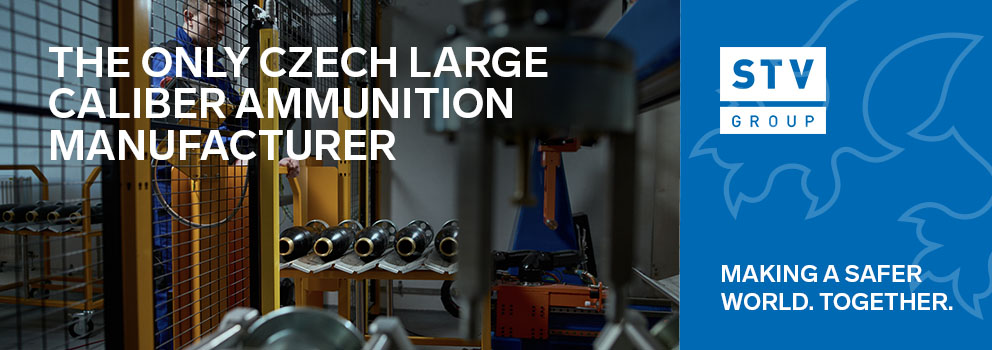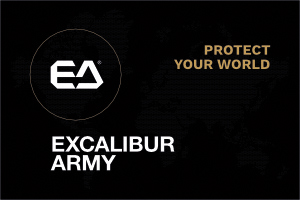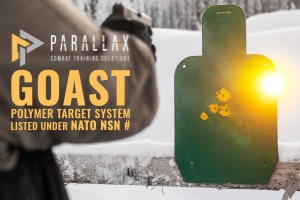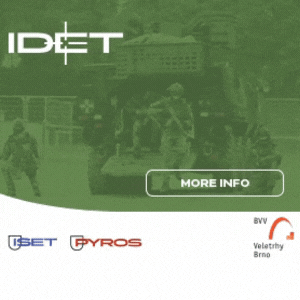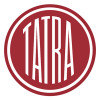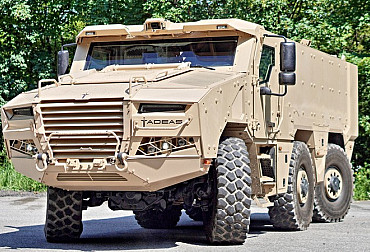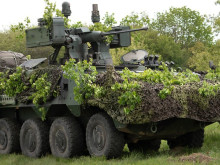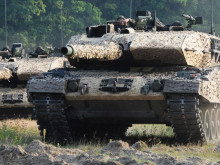The first Leopard 3 tanks will enter service in 2030: Will they be considered for the Czech Army?
Germany has begun developing the Leopard 3 tank and has issued a contract for technical studies focusing on mobility, firepower, and protection. The Bundeswehr will operate the "Triple-3" Leopards until the introduction of an entirely new Franco-German main battle tank, which may incorporate some of the newly developed systems. The Czech Republic may also have the opportunity to decide whether to acquire the new Leopard tanks.
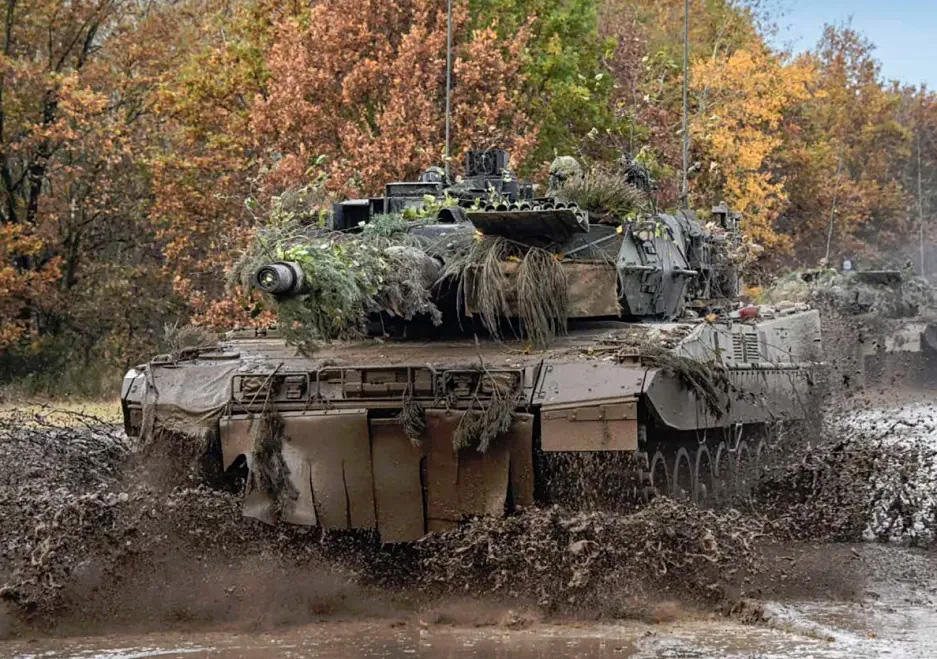
The most advanced German main battle tank of the Leopard family so far is the 2 A8 variant.However, the hartpunkt website has recently reported on a new variant called the 2 AX or, due to the expected significant changes, the Leopard 3. The Bundeswehr will use this variant before the completion of the Franco-German MGCS (Main Ground Combat System). Citing unnamed sources from behind the scenes of the German army, the Leopard 3 will be adapted to "the current threat level in terms of performance and will have additional capabilities compared to the Leopard 2 A8".
Hartpunkt estimates that the new Leopard variant will enter active service in 2030 and should last approximately 25 years. The first Franco-German MGCS, on the other hand, will not roll off the assembly line until 2045. The Leopard 3 tanks are therefore intended to become a temporary bridging solution for the Bundeswehr. Information about this vehicle has become public through the European online procurement platform (EU Tenders). The Federal Armaments Office BAAINBw (Bundesamt für Ausrüstung, Informationstechnik und Nutzung der Bundeswehr) has published details of the technical studies on this platform, however, according to the French military blog Zone Militaire, the new Leopards have been discussed for several months.
The first of the commissioned technical studies commissioned the German arms concern Rheinmetall to develop three types of 130mm ammunition for Leopard tanks. DM13, the initial one, is to become the basic ammunition for the new tank and its test operation. "In the course of the project, ammunition will be developed that will be used to test the tank gun. The aim is to keep costs as low as possible and to meet the project timeframe," the BAAINBw said in the study's terms of reference. The next one is designated DM11, in this case a multifunctional high-explosive munition. The last type planned is the DM23, an anti-tank munition that affects the target only by kinetic energy.
Rheinmetall's new 130mm gun is also a hot candidate for the main weapon of the MGCS tank. A competing solution is offered by French project partner KNDS with its ASCALON (Autoloaded and SCALable Outperforming guN) system, whose special feature is the ability to fire 120mm or 140mm projectiles. Rheinmetall first presented its 130mm smoothbore gun in 2016 (Eurosatory) and it reportedly has 50% higher kinetic energy compared to the 120mm gun. While this is significant in terms of firepower, the larger gun is also significantly heavier and bulkier. When the 130mm gun was introduced in 2016, the German arms manufacturer reported its weight as 7700 kg, while the 120mm gun weighs approximately 6600 kg. In addition, the larger projectiles require an automatic reloading system in the turret of a revised design, according to The War Zone website.
Based on more than 1,100 simulations during the development of the 130mm gun, Rheinmetall mentioned the weapon's high accuracy at a range of five kilometres. To determine the optimum configuration of the gun, it works with 50 parameters, three of which remain constant and 47 of which change as needed.
The second technical study by the BAAINBw went to Hensoldt and KNDS Deutschland to work on the possibility of modifying the fire control system in the field. This option is needed to compensate for barrel bending caused by temperature changes (e.g. sunlight or shooting loads), which can affect the accuracy of the weapon. The contract description says: "An automatic field adjustment system is to be developed to improve the capability of the Leopard 2 tank. The result of the development is to be demonstrated on the Leopard 2. The result of the development must be suitable as a basis for use in all variants of the Leopard 2 tank with the L55 (120 mm) weapon system, regardless of the variant of the fire control computer."
In the Leopard 2 tank, a manual system is used for field alignment, which is the responsibility of the gunner. BAAINBw wants the new system to be fully automated so that regular manual adjustments are no longer necessary. "Because the weapon is continuously exposed to these [temperature] effects, regular adjustments are necessary. In order to relieve the crew and allow them to perform other tasks during field adjustments while minimising the time of the process, automation is to be developed," BAAINBw requested.
The third technical study covers the power unit, which includes the combustion engine, transmission, cooling system, filtration and exhaust system. In addition, brackets are required to attach the power unit to the chassis or to connect to the control system and fuel supply. The study calls for the use of as many existing components as possible from the Leopard 2. The new power unit will be named OLYMP and, according to sources contacted by hartpunkt, the engine will be manufactured by Liebherr instead of MTU. The company has developed and produced engines for the Marder 1 infantry fighting vehicle and its successor, the Lynx KF41, in the past, but has no experience in supplying main battle tanks.
Finally, let us mention the technical study for the increased protection level of Leopard 3, which was again commissioned by Hensoldt and KNDS Deutschland. The study calls for the development of a 'significantly more combat-capable variant of the MUSS' (Multifunktionales Selbstschutz-System), a reference to Hensoldt's existing multifunctional self-protection system. The result may be a further enhancement of the MUSS 2.0 device the company introduced last year for use on the Puma infantry fighting vehicle and other platforms. The current MUSS 2.0 system is lighter and has a lower profile than the original MUSS system. It consists of four passive sensors placed around the vehicle. Each of these sensors combines a missile and laser warning sensor as well as a laser-based infrared jammer (IR-Jammer). The system is designed to defend against anti-tank guided missiles, but can also detect muzzle flashes, projectiles and low-power lasers. The MUSS 2.0 can detect different threats simultaneously, prioritise them and then counter them, in semi or fully autonomous mode. In addition, the threat database can be regularly updated to counter new and emerging threats.
Berlin expects the results of the above studies by 2026. After their completion, not only the shape of Leopard 3 but also of the Franco-German MGCS will become clearer. The commissioning of the studies also illustrates a broader trend of a worldwide return to tank development, spurred by the Russian invasion of Ukraine in February 2022. Until then, countries were either scrapping or severely reducing their tank forces altogether.
While France and Germany remain committed at the highest political level to the MGCS, the Bundeswehr is working on developing a bridging solution. Leopard 3 (if such a designation actually occurs) could enter active service in 2030, fifteen years earlier than the Franco-German project. New technologies and the completion of the Leopard 3 development within five years bring attractive opportunities for the Czech Army as well. This is not a potential complete system change (as in the case of the decision between Gripen modernisation and the purchase of new F-35 fighter aircraft), as the Czech Army, or rather the 73rd Tank Battalion, already operates older Leopard 2 A4 tanks. Although the Government of the Czech Republic approved the accession to the Cooperative Procurement Agreement (CPA) on the joint acquisition of Leopard 2 A8 tanks for the Czech Armed Forces in the middle of last year, no decision has been made yet on the purchase of these tanks and the Ministry of Defence is reportedly still negotiating with the manufacturer. There has also been information about the possible postponement or cancellation of the purchase of Leopard 2 A8 tanks based on the lack of funds in the army budget and the priority given to other military systems.
The new Leopard 3 variant will almost certainly reflect the experience of the Ukrainian-Russian war and its purchase will better meet the needs of the ground forces in the 1930s and 1940s. It is therefore in the interest of the Czech Republic, which may be one of the first countries in the world to acquire these machines, to follow the development of the technical studies commissioned.

